How to Participate
Upstander Showcase
Find out how you can participate in the Upstander Showcase, an event that empowers students to recognize injustice and use their strengths to create change.
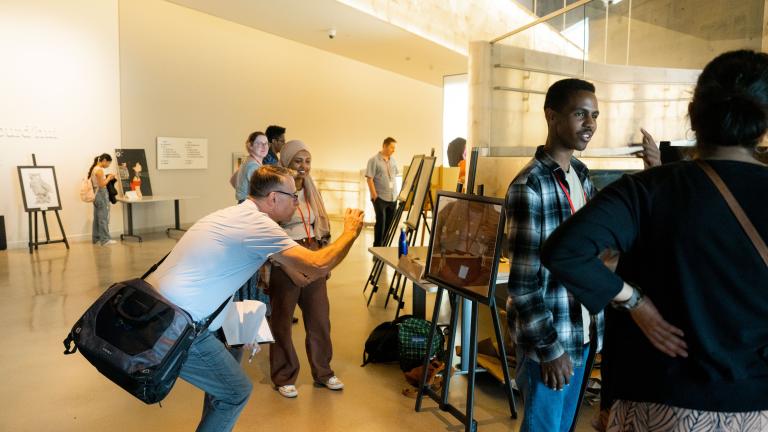
Page Navigation
The Upstander Showcase is an annual event which amplifies your voices as students, providing an opportunity to display your projects and share the work you’re doing for human rights with the public. Students are invited to share their work in public places within various cities and talk with visitors about how they are taking action and turning injustice into justice.
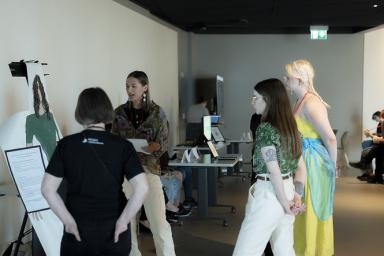
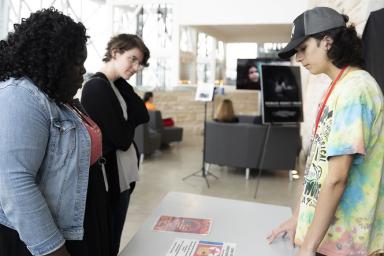
Share Your Project
Share your project on human rights alongside other students and present your work to members of the public.
Showcase projects should include the following elements:
- A visual, artistic, musical or interactive element (past projects have included displays, works of art, infographics, interactive activities, short films, songwriting, or recorded podcasts);
- Information to create awareness and engage the public about a current human rights topic;
- Talking points about your work and human rights action for you to share with the public.
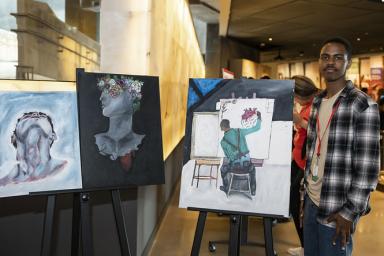
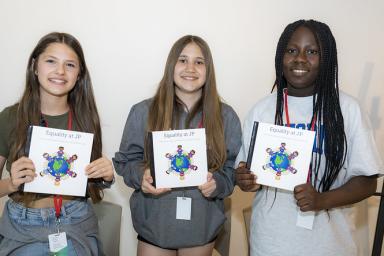
How to Participate
Alberta Showcases
Edmonton Catholic School Division: May 7, 2026
Submissions open March 2026.
Manitoba Showcase
Winnipeg: May 21, 2026 at the Canadian Museum for Human Rights
Submissions open February 2026.